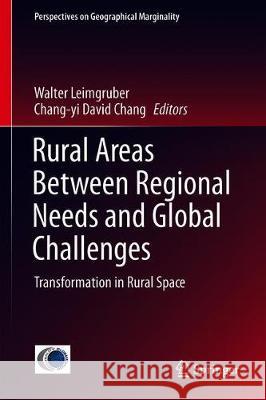Rural Areas Between Regional Needs and Global Challenges: Transformation in Rural Space » książka
topmenu
Rural Areas Between Regional Needs and Global Challenges: Transformation in Rural Space
ISBN-13: 9783030043926 / Angielski / Twarda / 2019 / 312 str.
Kategorie BISAC:
Wydawca:
Springer
Seria wydawnicza:
Język:
Angielski
ISBN-13:
9783030043926
Rok wydania:
2019
Wydanie:
2019
Ilość stron:
312
Waga:
0.80 kg
Wymiary:
23.5 x 15.5
Oprawa:
Twarda
Wolumenów:
01











